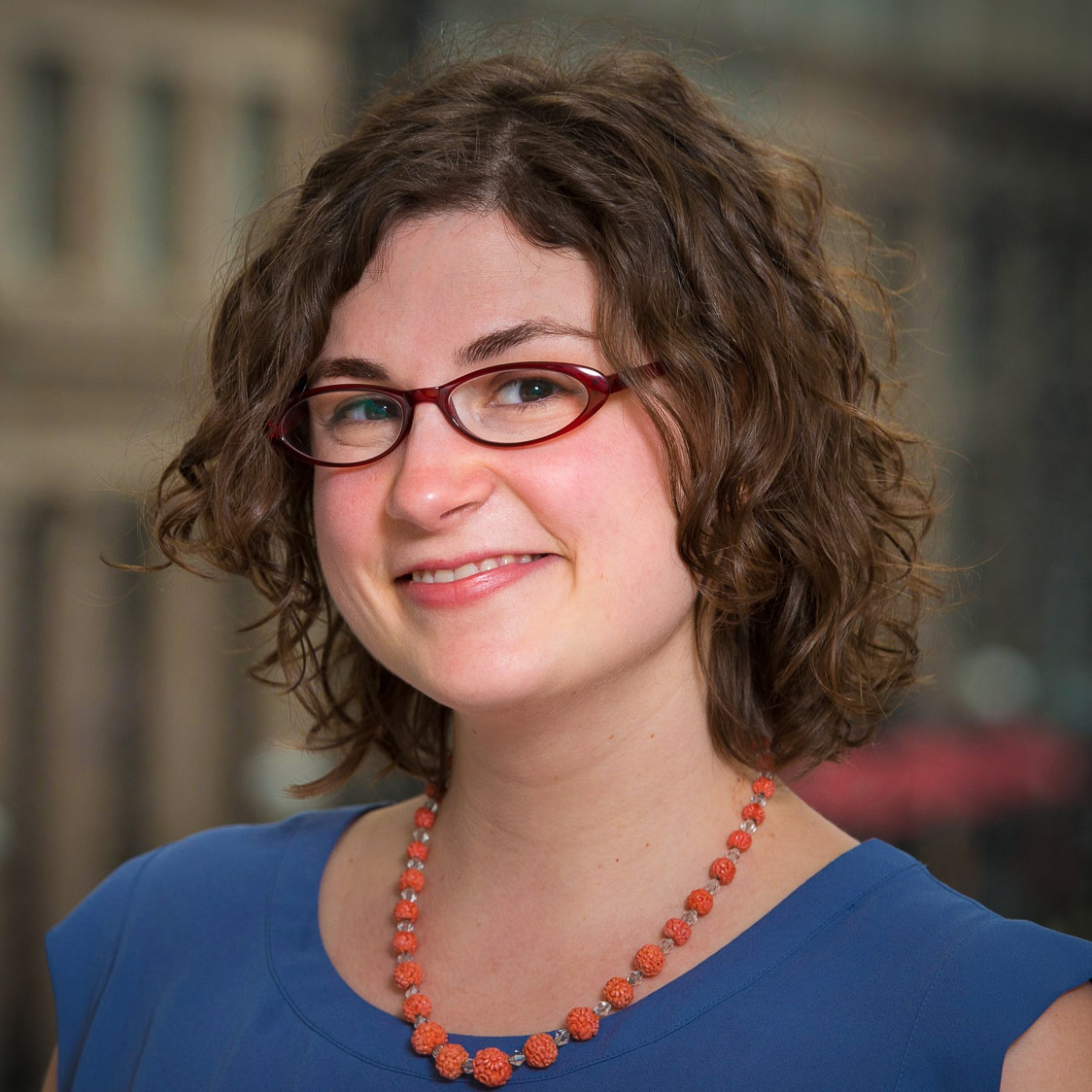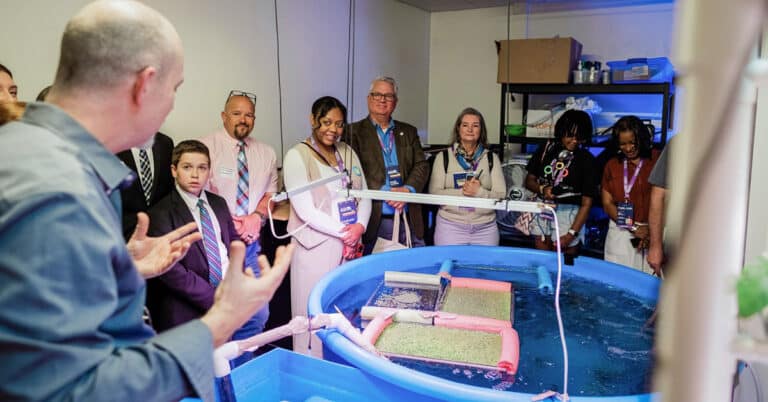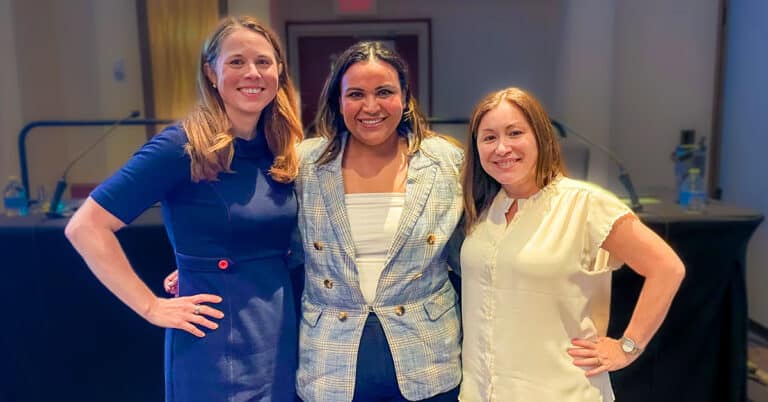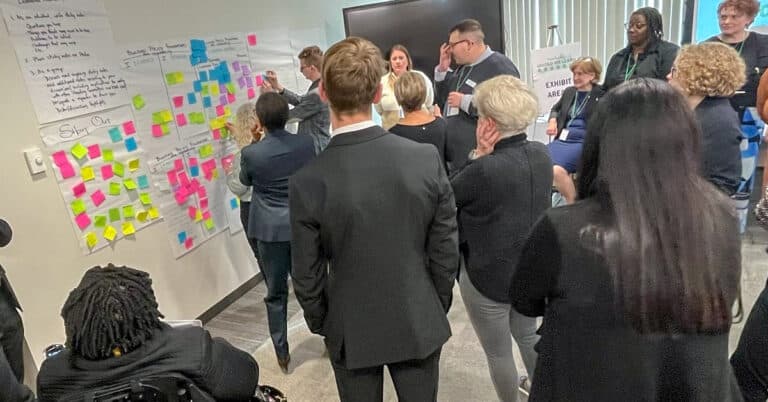Every summer, Rio Rico High School teacher leaders and administrators participate in a leadership academy where they reflect on the school year: gathering feedback on what went well and what they want their goals for the next year to be. Last year, after reading Joe Feldman’s Grading for Equity with district leadership, Rio Rico Principal Hector Estrada suggested the book as a resource.
“Most teachers are never trained on grading; what it means to grade or what a grade can mean,” said Estrada, a third-year principal with twelve years in education. “We decided to do a school-wide book study as well as professional development on grading.”
For Estrada, it was important that teachers felt supported in making changes that made sense for their classrooms and their level of understanding with the district’s transition away from a traditional grading practice of 0 – 100 and toward standards-based grading. Grading for Equity served as a guide to help them examine their practice and figure out where there was misalignment between what they hoped for learners and how they were evaluating.
“Aside from the inequity of the zero, the first realization our staff had was the amount of behavior that’s put into a gradebook,” Estrada said. “It’s important that we evaluate students on what they’re learning and what they know in regard to standards and competencies, and it’s important to teach and coach behaviors – not grade behaviors.”
Robin Kanaan, teaching and learning director with KnowledgeWorks, has worked with Estrada and his team as part of the Arizona Personalized Learning Network to scale and spread personalized, competency-based learning systems – including making grading practices more equitable.
“In Grading for Equity, there’s a quote by Everett Hale, ‘I am only one, but I am still one. I cannot do everything, but I can do something and because I cannot do everything, I will not refuse to do something I can do.’ Disrupting your traditional grading system the way that Rio Rico staff and teachers have takes courage,” said Kanaan. “To challenge the fundamental, decades-old grading practices and policies that exist today is the essence of bravery.”
Standards-based grading shifts the focus from what teachers teach to what students learn.
Read more >>
“We have 67 teachers on campus and every single person was doing something different,” said Estrada, who explained that most of the questions he received from teachers involved around getting permission – permission to go at their own pace with the changes, permission to implement what they liked right away, permission to disagree with the changes and take more time. “After the initial knee-jerk reaction – Why are we doing this? Why is it important? – the questions really became about how teachers could implement right now.”
Estrada reinforced the school’s personalized approach for educators at every meeting, with the understanding that the shift in grading was happening and that after this first year, there would be expectations school-wide so that students and families could know what to expect.
“As part of this year’s leadership academy, we reflected on what made the most sense. For example, prior to this past year, the expectation was that teachers would put two grades a week into the gradebook. We weren’t grading effectively. We were grading for compliance,” said Estrada. “We got rid of that expectation this past year, but we heard students and parents that this was a big challenge, not knowing when to expect feedback. If a student goes to six different classes, they might have six different approaches. So the frequency and type of feedback is something we’ll use what we’ve learned to set expectations for this coming year.”
How one teacher helped explain standards-based grading – with cupcakes.
Learn more >>
In addition to communicating changes through district channels, Estrada asked individual teachers to explain the changes they were making to students and families. He also hosted monthly meetings, organized an information night about grading for equity, and leaned on the student senate to share changes and get their feedback.
At every meeting, with every audience, Estrada was candid.
“I start every meeting with what’s going well, what do we need to work on and what are we going to do about it,” said Estrada. “I got great feedback in the moment.”
This process of continuous improvement provides teachers and administrators with the judgment-free opportunity to build on what worked and stop doing what didn’t – to pivot and try something different.
“Continuous quality improvement allows us to be proactive, to change the course of the narrative and help us all move toward a particular goal,” said Rolando Fernando, director of impact and improvement at KnowledgeWorks. “Growth mindset is built into the philosophy of continuous quality improvement: we as human beings can improve, we are empowered to improve.”
For Estrada, the challenge in making any big change in a school is letting go of what you know – or what you think you know.
“It’s a paradigm shift. This isn’t just the next hot thing in education. We have to see past that to why this work is important,” said Estrada. “It was a very vulnerable, real, gritty year tackling this topic. But going through it with our staff, building this together, it became an authentic approach about doing what’s right for kids.”
Tracking – the practice of labeling, ranking, sorting and separating students by perceived academic ability and behavioral compliance – is inequitable by design and a barrier to learning. Learning pathways offer an alternative.






